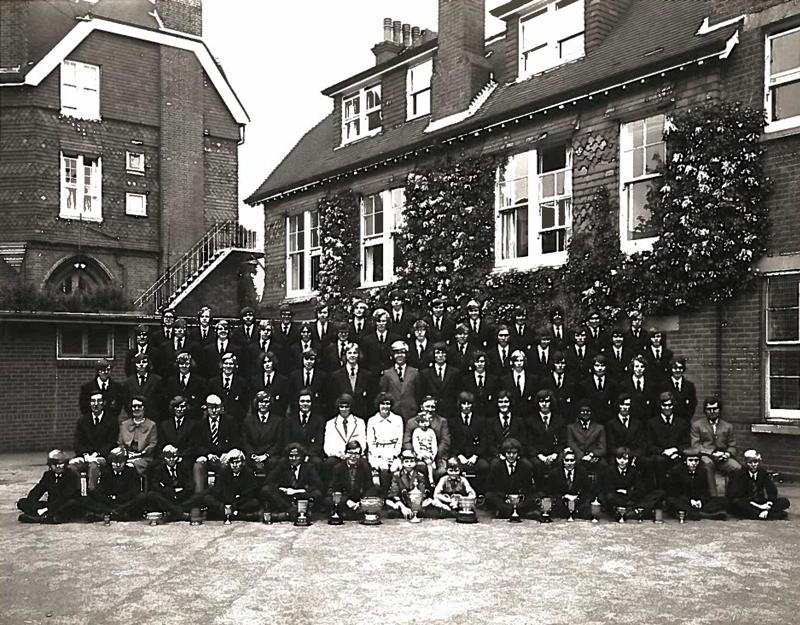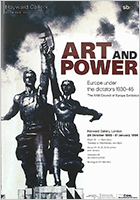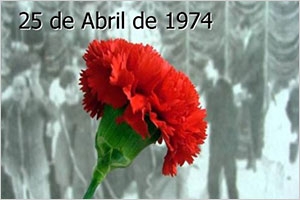Asset Publisher

Take it like a man
Prohibition of corporal punishment - 1987
Mark NEVILLE

Were you ever beaten at school?
Can’t say it did me any harm.
Can’t say it did me any good.
Pridwin Preparatory School, for a 9-year-old could be a frightening place, and Shorty, the headmaster, could be a fear-provoking person. He was the proud owner and wielder of “Bertie the brush”.
Now Bertie was a clothes brush of the finest quality. He was rather big for a brush, 10 inches (25 cm) long with a sturdy neck, comfortable handle and a weighty oval head, rounded at the edge. He had been carved from a single block of ash and was implanted with horsehair bristles which were perfect for removing dust and lint and keeping fabric supple. He was also perfect for beating schoolchildren.
It was a Monday afternoon in 1968, shortly after 2 p.m. when Bertie and I first hit it off. He would have been deep burgundy in his prime, finished off with three coats of varnish, but by then, after having been in contact with decades of backsides, his colour was almost gone.
So was mine.
On another Monday, in January 1987, nearly 19 years later, snow was on the ground when I arrived, flushed with excitement, at the Le Corbusier-style Human Rights Building in Strasbourg. In my top pocket was a six-month contract to work as a lawyer for the European Commission of Human Rights. I was 28 years old and had just escaped a cold and wet London, freed from a miserable firm of city litigation lawyers that had the dubious distinction of defending the Thalidomide drugs company in what became the leading freedom of expression judgment, the Sunday Times case.
Strasbourg was 10 degrees colder than London, and the snow-laden sky was three shades darker, but it seemed to me that the sun was shining as I walked into the Human Rights Building. Soon I found myself in an office on the second floor of the building, looking out at the Palais de l’Europe. Warm and cosy behind double-glazed windows, I watched the snow falling to the ground while blue European Commission of Human Rights case files dropped into my in-tray at a matching rate. Almost all of these files dealt with one subject: corporal punishment in the United Kingdom.
I am not sure how many times I was beaten at school by Bertie the brush, or by his cousin, another brush swung by a psychopathic, sadistic gym master, but I do remember the first time. It was all because my mother had forgotten to pack my white linen napkin with my surname sewn in blue on the hem.
At my school, one didn’t have to worry over whether one would be punished for minor mistakes. Punishment was standardised and automatic. It was like breathing; it came naturally at the school. Shorty was a man of routine; he administered beatings the same time of the day, every day, five days a week. “No napkin, Neville?… 2 o’clock headmaster’s office.”
Grounds for punishment were limitless and you were liable for the least misdemeanour. “Late for school, Neville – 2 o’clock in the headmaster’s office!” No name on your gym bag, “Neville – 2 o’clock in the headmaster’s office!” Too slow eating your squash and pumpkin, “Neville…” and so it would go on.
The only thing that wasn’t standardised was the number of times Shorty would let fly with his brush. You could expect three or four “of the best”, but you would never know in advance. You just waited, listening to Shorty’s tin leg squeak as he threw his weight behind each strike, and then counted for yourself.
That day there were three of us waiting outside Shorty’s office, situated at the back of the school buildings in the shade of a massive oak tree. Three stone steps led to a barn-style door, split in two, with the upper part open in welcome expectation. I walked around in circles wearing away what was left of the grass under the tree, waiting for 2 o’clock to chime.
The United Kingdom, Strasbourg’s best client
By 9 o’clock in the morning on my second day of work in Strasbourg, I had already started opening the files on my desk and reading the complaints from the applicants. They were mostly about Little Johnnies who had been caned or beaten at state schools in the United Kingdom, although there was a Little Jenny as well, to prove that sex discrimination did not exist, at least when it came to beating children. At the time the UK had the reputation of being Strasbourg’s “best client”; the top producer in complaints because of its lack of incorporation of the European Convention on Human Rights into domestic law. The year 1987 was still well before the countries of central and eastern Europe started swamping the European Commission and Court of Human Rights with their own brand of cases, relegating the United Kingdom from “best client”, to a mere naughty pupil.
If you wish to continue your reading, you may buy the book "Europe: a human enterprise".
Mark NEVILLE
Mark has worked for the Council of Europe since 1987, first for the European Commission of Human Rights and then the Human Rights Information Centre. He was subsequently head of the human rights co-operation programmes with central and eastern Europe, Executive Secretary of the Framework Convention for the Protection of National Minorities and Head of the Migration and Equality Department of the Parliamentary Assembly. In 2014 he was appointed Head of the Private Office of the President of the Parliamentary Assembly. Other work experience includes legal research on apartheid and labour legislation in South Africa in 1981, working for a Lloyds reinsurance broker and solicitors in London and acting as a United Nations High Commissioner for Refugees (UNHCR) legal consultant during the Vietnamese boat-people crisis in the early 1990s.




